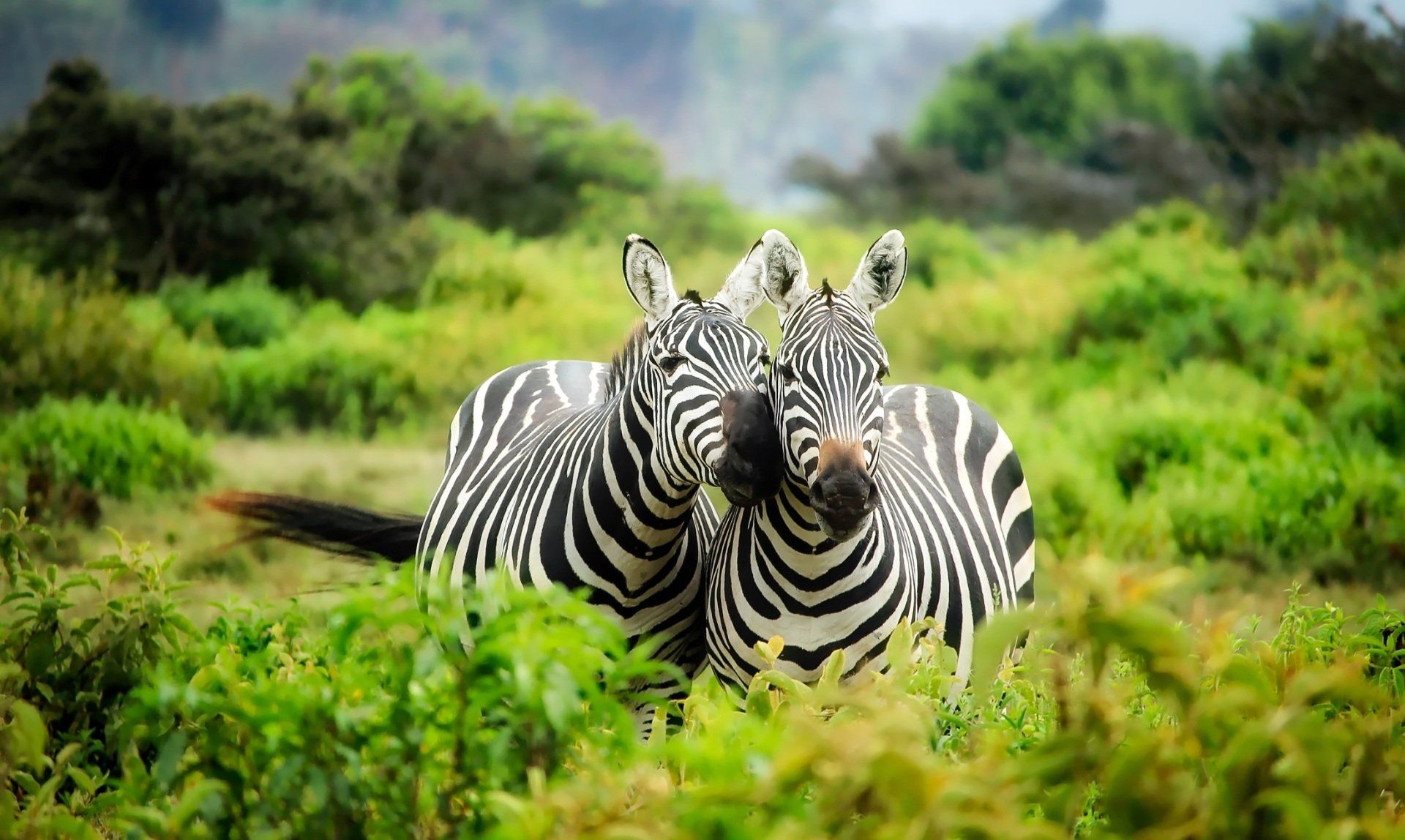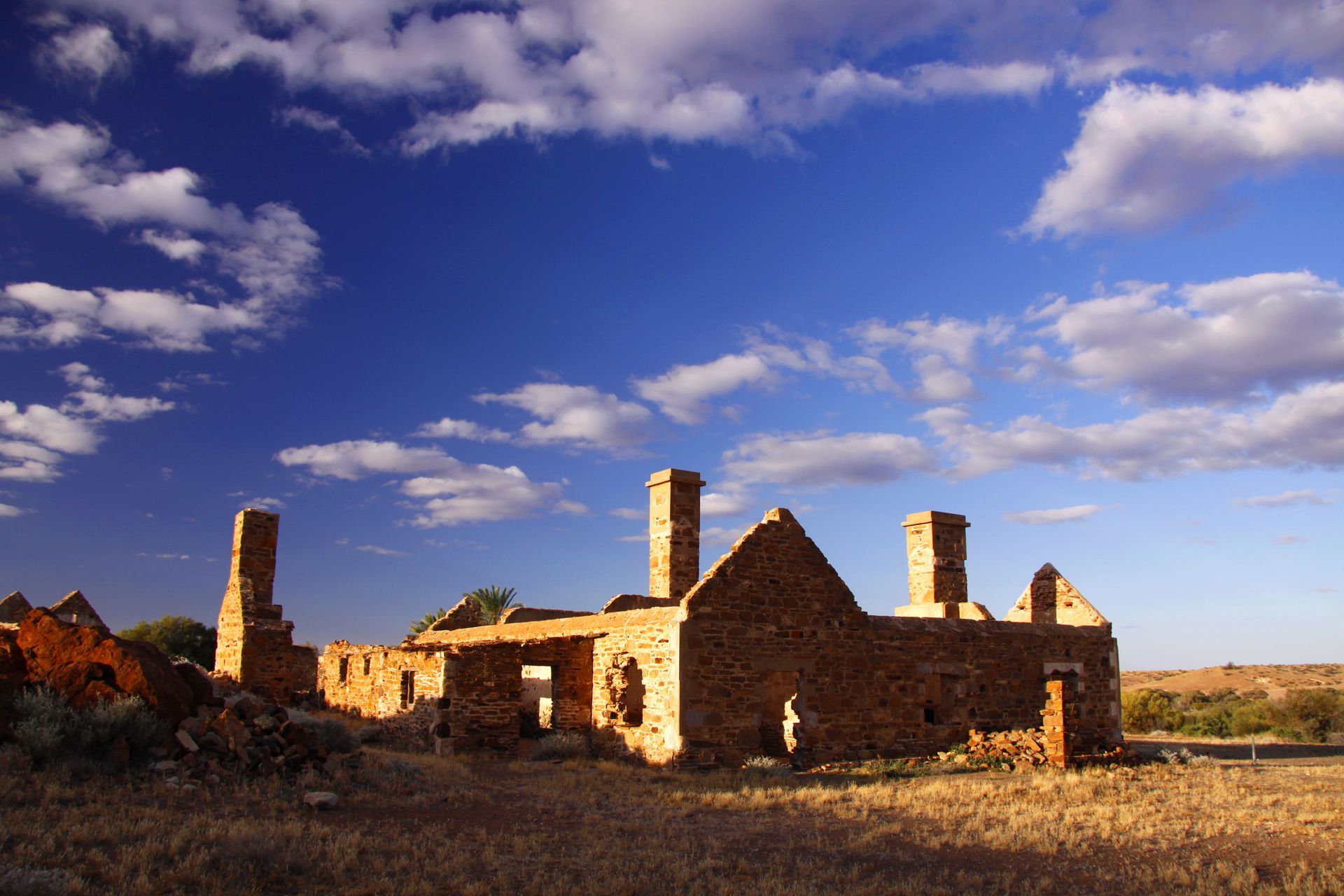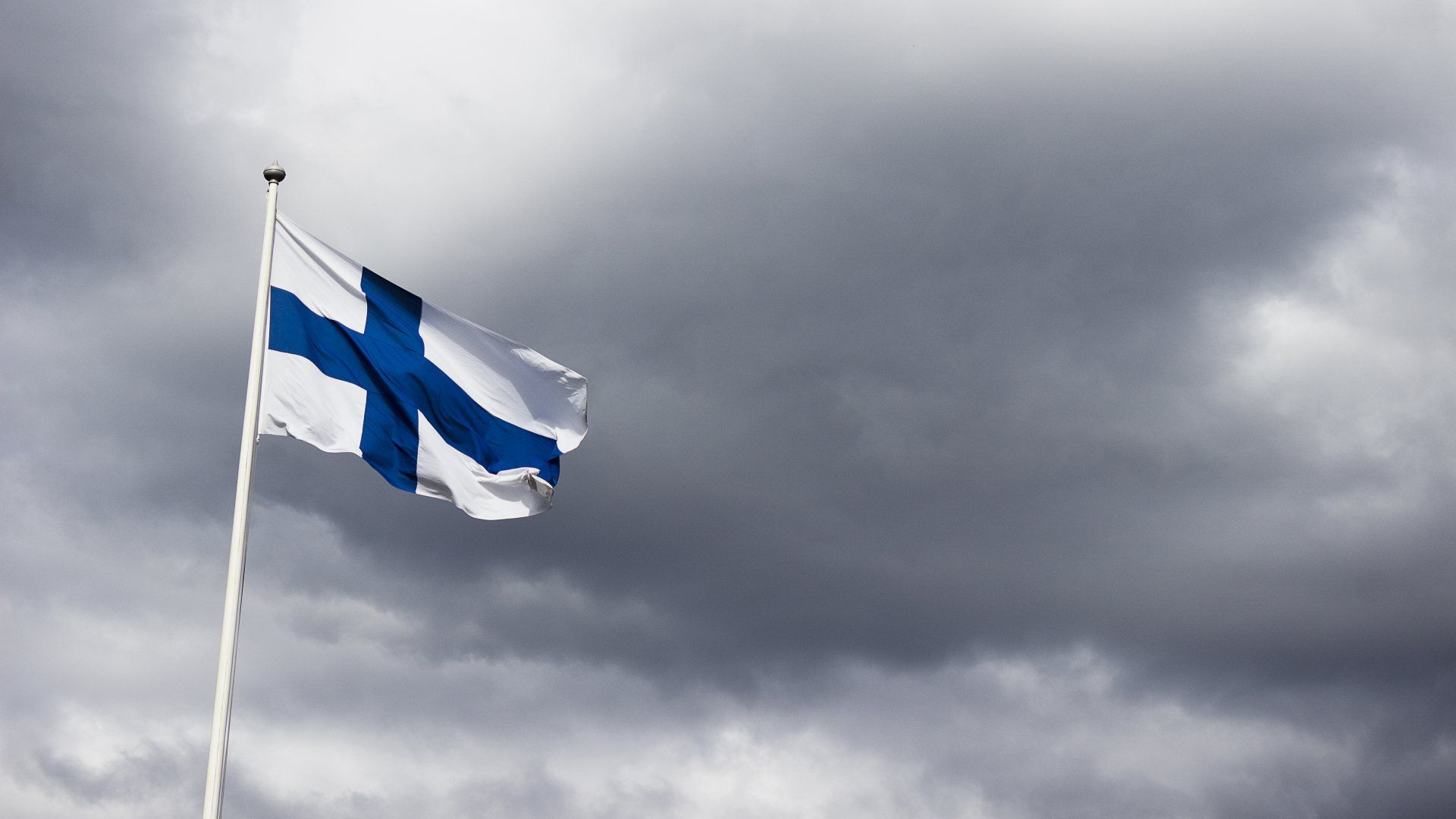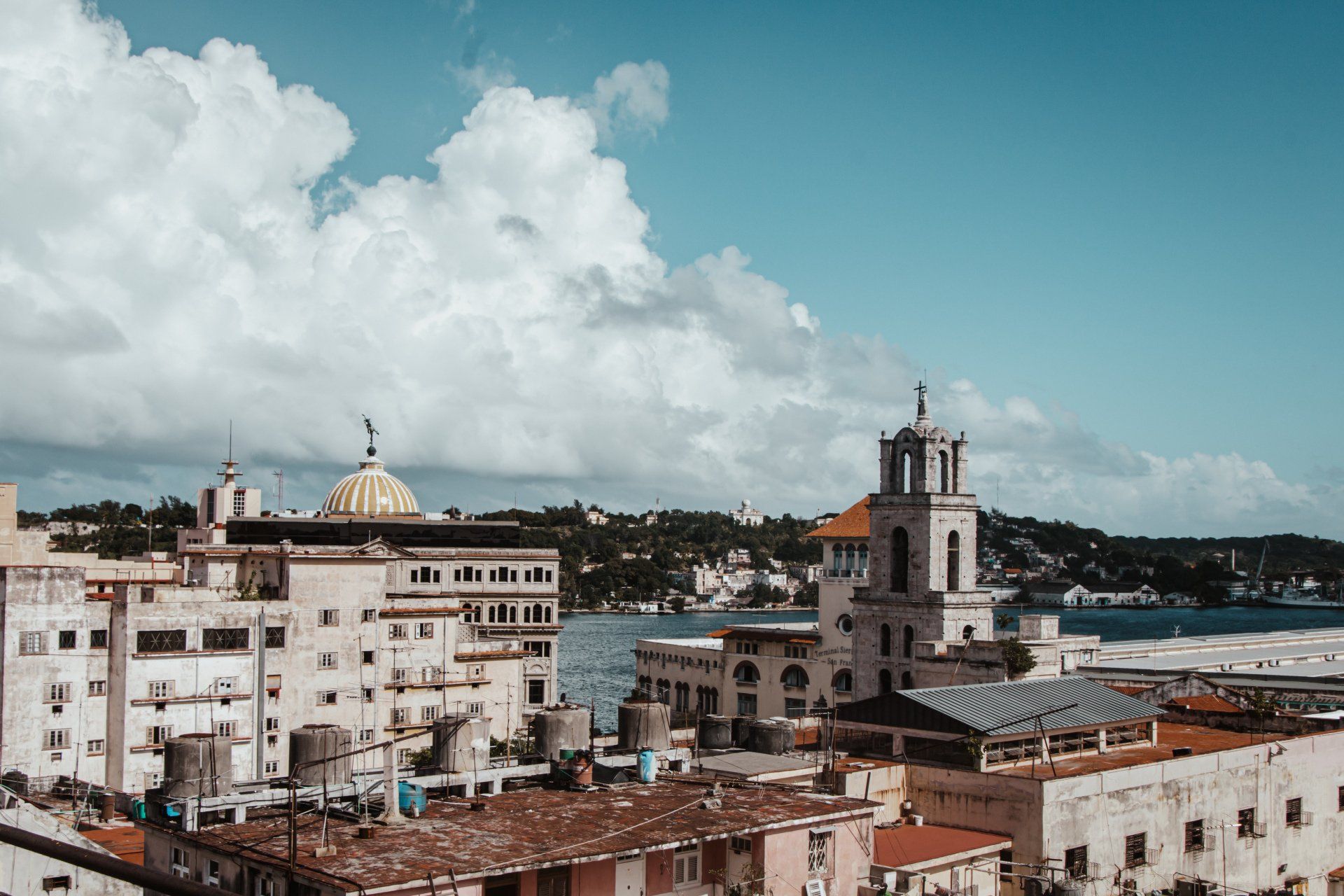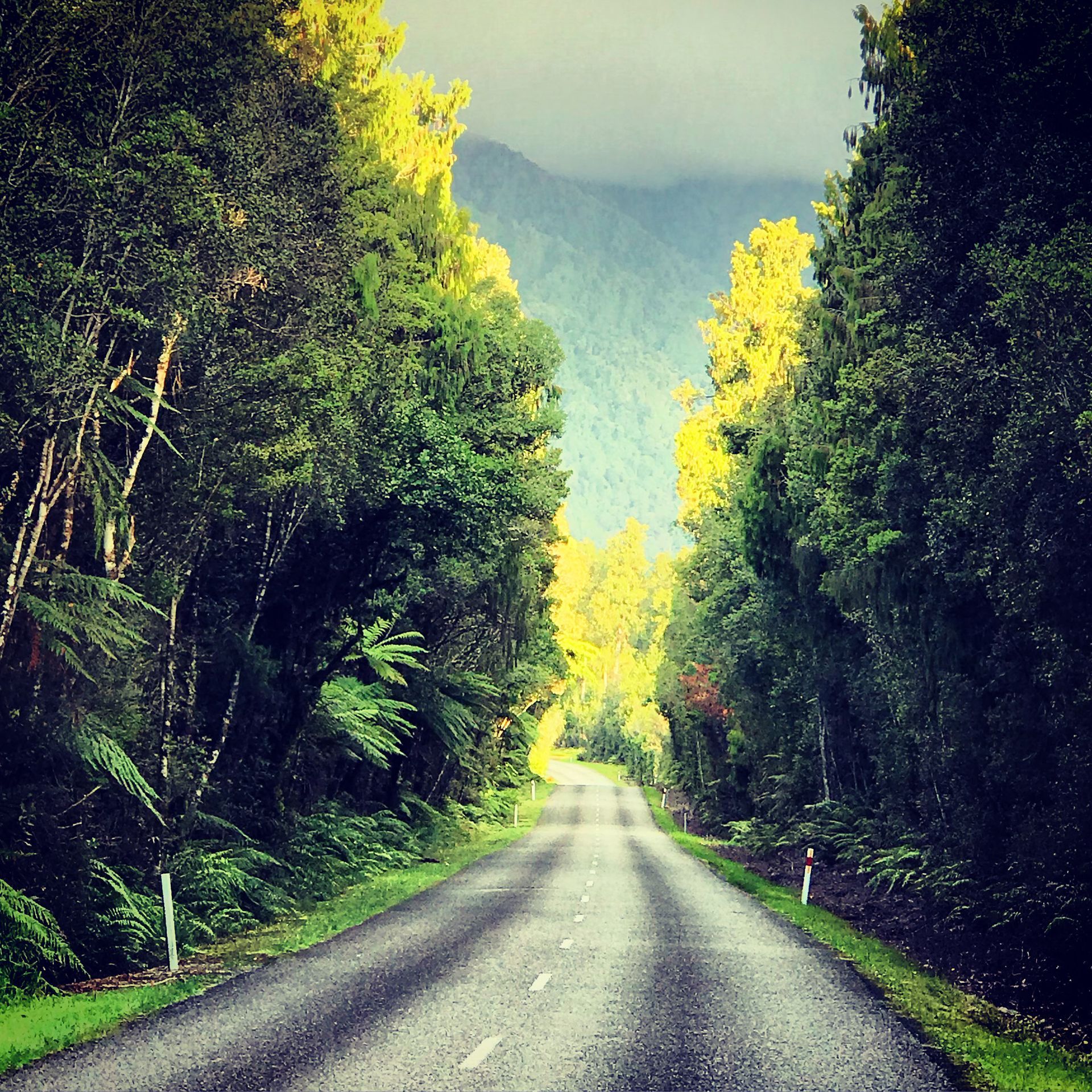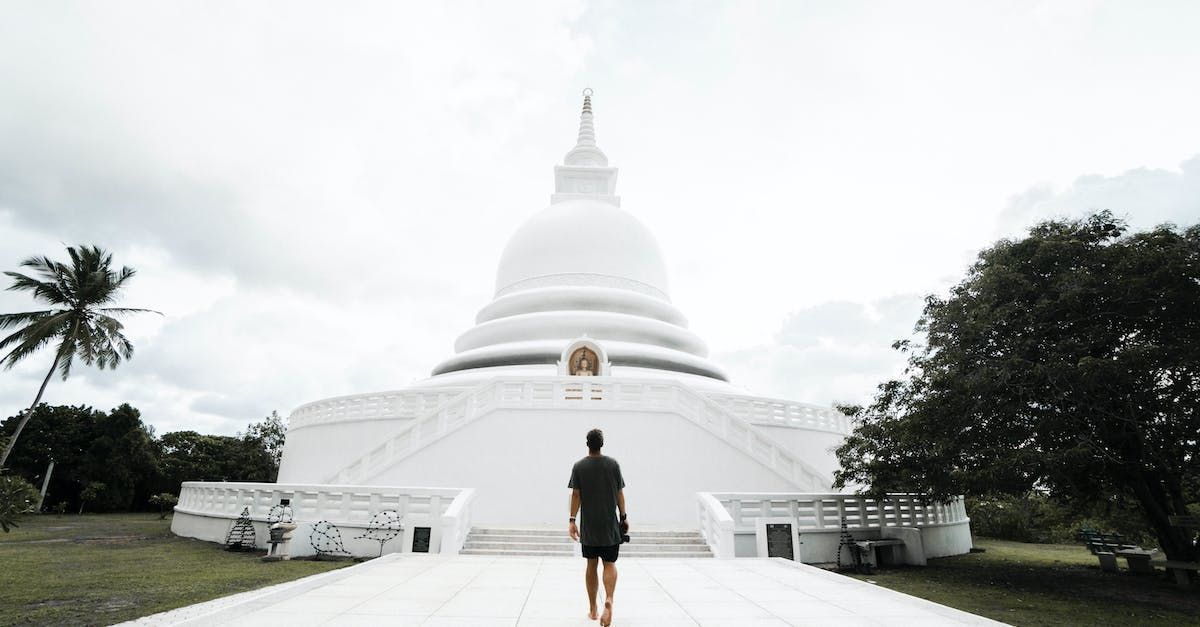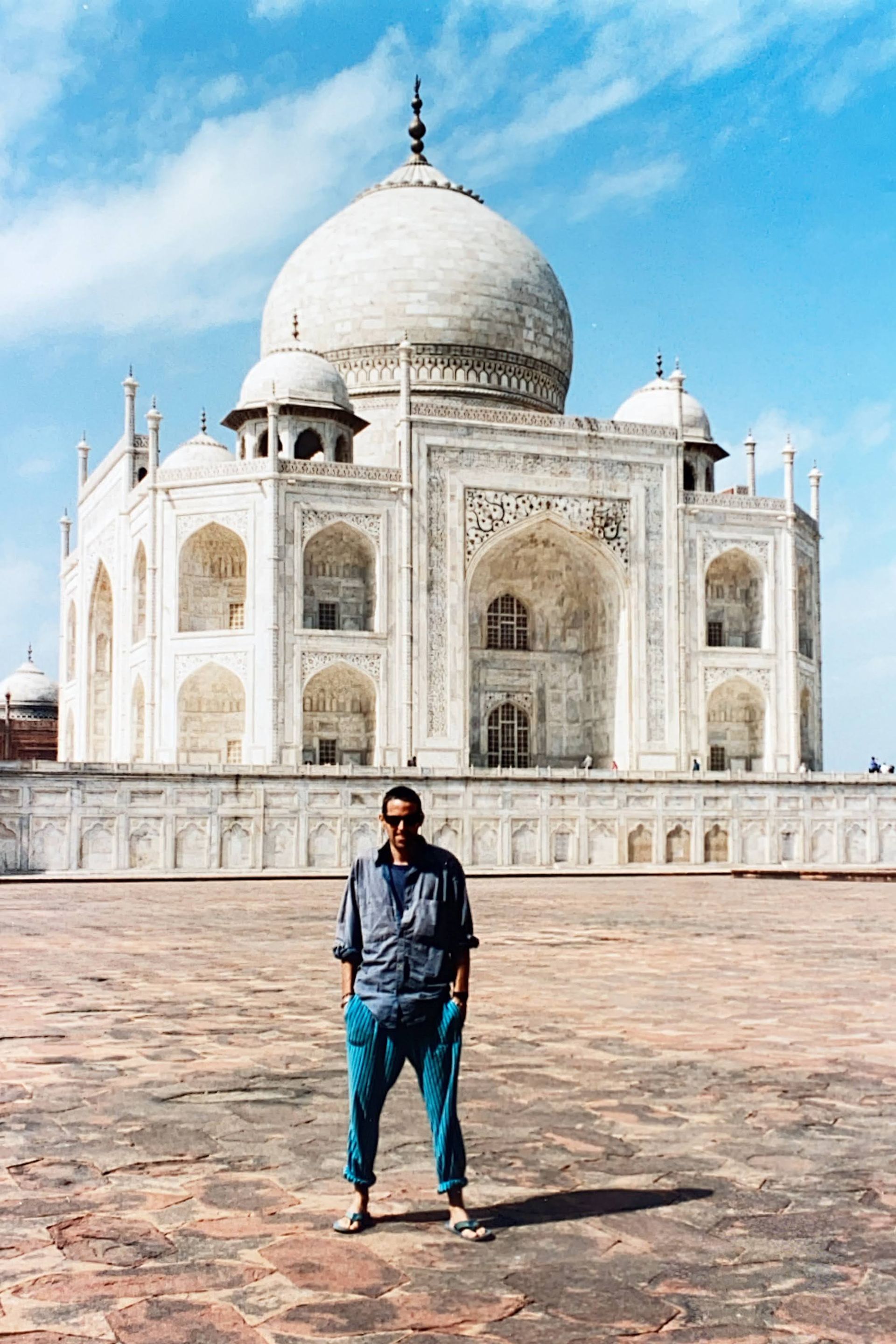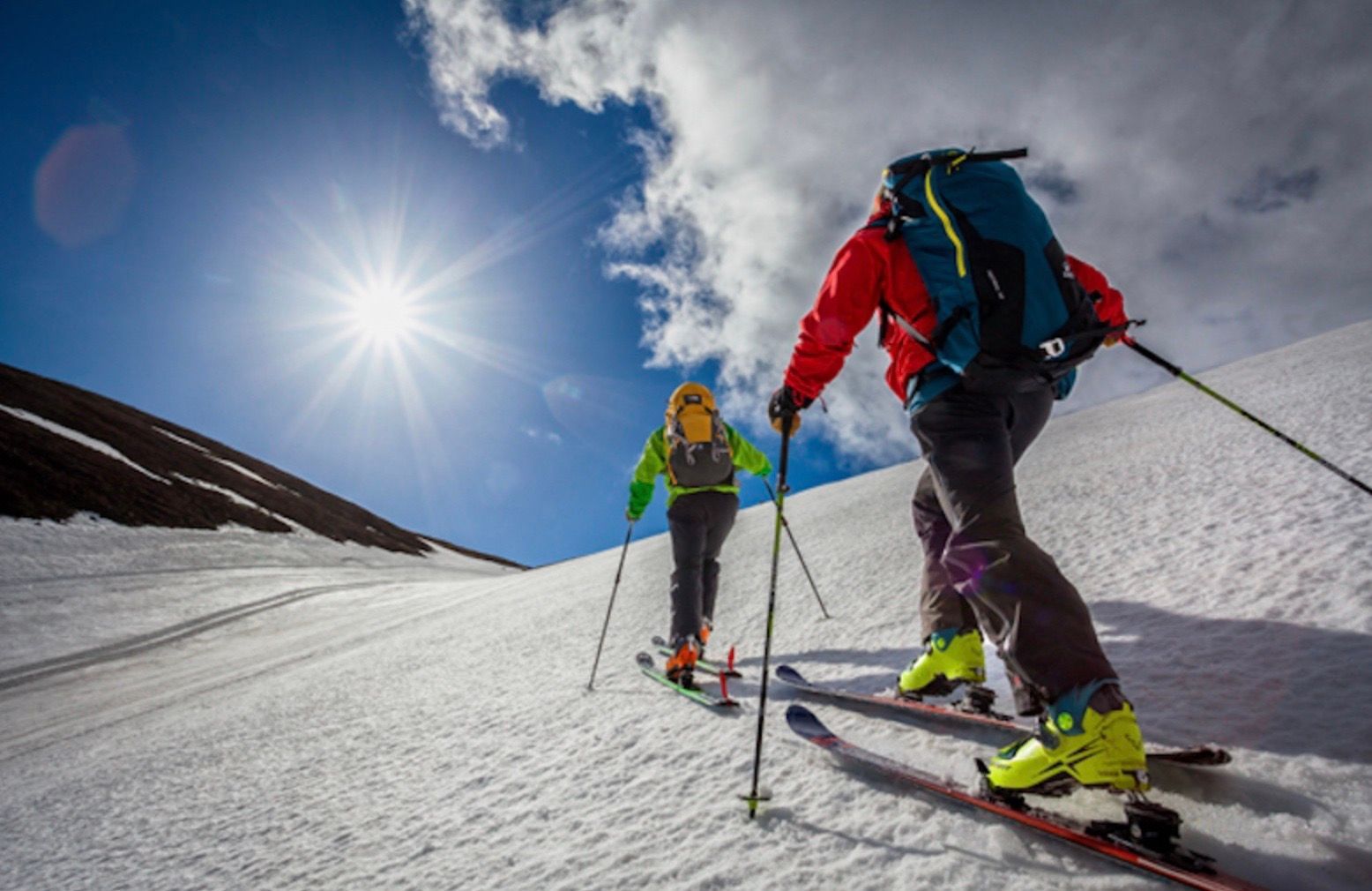Outback Travel Safety
Staying safe in the Australian Outback.
“Do not follow where the path may lead.
Go instead where there is no path
and leave a trail.”
- Ralph Waldo Emerson.
The Australian Outback is vast. While most of the country’s population live around the continent’s edges, close to the beach and the bucolic hills of the hinterland, the great “inland” of Australia is virtually empty.
Travelling in the Outback is a richly-rewarding experience. You will see flora and fauna that is unique in the world; find landscapes that seem more like the surface of other planets than our green and pleasant Earth; and encounter tough, resourceful and quirky people whose lives are shaped by the vast spaces that they live in.
Outback crossings
Over the last twenty years or so, I have made a number of Outback crossings. I have driven the Gulf Savannah Road across the Great Top End from Darwin to Cairns. I have followed the Oodnadatta Track from Maree, in South Australia, to the geographical centre of Australia in the Northern Territory. I’ve braved the potholes and corrugations on the road from Broome to King Sound on the Dampier Peninsula in Western Australia, driven across the Nullarbor from Adelaide to Perth, and followed the Strzelecki Track from Cameron Corner to Innaminka.
On every one of these adventures, I have spent almost as much time planning as I have doing the actual trips. The Outback is a place that can catch the unwary out. And the results can be...well, let’s just say: you could be up Cooper Creek without a paddle!
Water
For the early European explorers, water was the key to unlocking the mysteries of inland Australia. Indeed, many of the first expeditions set off to find what geographers believed would be an inland sea in the centre of the continent. When Charles McDouall Stuart, the Scottish explorer who would eventually be the first white person to cross Australia from north to south, departed from Adelaide on his first expedition in 1844, he was so confident he would find this fabled inland sea that he took a sailing boat and two sailors to sail it!
Of course, the Aboriginal people had lived happily on the Australian continent for tens of thousands of years before the advent of the Europeans. For them, finding water was as simple as watching where flights of birds were heading, or digging in the sand where the euros (wallabies) and bandicoots dug.
But for Europeans, used to toughing it out, and relying on derring-do and the stiff upper lip, the knowledge amassed by the Aboriginals over thousands of years meant nothing. As a result, they went thirsty and starved, in what was, to the Aboriginals, a land of plenty.
Six months at Depot Glen
Stuart’s expedition ended in failure. His party were trapped for six months at a place called Depot Glen in what is now western New South Wales. The waterhole that they had hoped to find there was half gone; the waterholes before and after it were empty.
While they awaited the rains, which would refill the billabongs and creeks, Stuart and his men watched in disbelief as the hot winds desiccated the surrounding landscape and evaporated the remaining water in the Depot Glen waterhole. The heat was so intense, Stuart wrote in his journal, that it “burned the leather off the soles of our shoes.”
I visited Dept Glen while I was driving the Strzelecki Track, a lonely desert road in the northwestern corner of South Australia, in 2016. It was not much more than a dried up watercourse in a landscape of shimmering heat and indistinct mirages. Massive tree trunks lay jammed in the sandy creek bed: evidence of the big floods which occasionally rush down the torrent pathway. Crows gurgled in the ghost gums along the valley rim, and wallabies picked at the sparse patches of saltbush that still clung to life in their dappled shade. In the very bottom of the creekbed, a pool of turgid, greenish water was all that remained of the waterhole.
For today’s Outback explorers, taking along a good supply of water is critical. While you probably won’t be stuck in the bush for six months, as Stuart’s party were, you need to carry at least twenty litres of water. Forty litres is an even better idea.
The human body needs around five litres of water per day to stay hydrated. So investing in a couple of cheap plastic water containers before you head off into the Outback makes pretty good sense.
GPS and Sat Phones
These days, getting directions via our devices is as simple as saying “Hey Siri.” But in the Outback, none of those oh-so-handy gadgets work. Out here, you have to be able to read the landscape, take note of your surroundings and remember landmarks in case you need them to help you realign yourself with your location.
Maps
While many parts of the Outback are featureless to the traveller, maps can show all manner of landmarks, locations, places of interest and potential routes. At the very least, if you can find north and you have a map, you can figure out roughly where you are and which direction you should head in. Can Siri do that?
Cell Phones
The Australian Outback is covered by a pretty impressive network of phone repeater towers. Having said that, only around 26% of the continent’s land area is covered by this network. And although every locality in the bush will have some sort of cellphone coverage, when you are deep in the Outback, your snazzy device is only going to be useful as a camera or a music player.
Satellite Phones
Satellite phones work by accessing communications satellites orbiting in low Earth orbits. They don’t require terrestrial cell towers to link up to. Satellite phones are bulky, expensive and need to be recharged frequently. However, they really work well when there’s nothing else.
On the Gulf Savannah Road, which I drove in 2018, a “sat phone” was provide with my rented 4WD. It proved to be a very valuable item when a rear tyre imploded, then shredded itself, on a long stretch of corrugated, one-lane dirt west of Borroloola. I was able to phone ahead to Burketown (two day’s drive away) and get a replacement sent up from the coastal city of Cairns, 900 kilometers east of Burketown,.
Personal Locator Beacons
A Personal Locator Beacon is a small device that also communicates via satellite. When activated, it sends a distress signal to multiple locations which can then be triangulated to find where the signal came from and activate a rescue mission. Many, many lives have been saved by PLBs, not just in the Outback but at sea and in the mountains.
Fuel
It’s along way between fill-ups in the Outback. Not only that: fuel is bloody expensive out there. Most of the 4WDs that are available for rent in Australia have long-distance fuel tanks and an auxiliary tank for emergencies.
Nevertheless, you should also take along a spare fuel container containing at least twenty litres of extra fuel.
Crocs and Other Nasties
Australia has a fearsome reputation when it comes to creepy-crawlies. Spiders, snakes, venomous plants and crocodiles are all a part of the rich tapestry of life in the Outback. So you have to use a bit of common sense in order to avoid an encounter with some Aussie nasty.
Crocodiles
The top end of Australia is the prime habitat of the Saltwater Crocodile (Crocodylus porosus). They live in the warm, shallow ocean from Cairns, on the eastern coast of Queensland, all the way around to Perth in Western Australia. They also venture a long way inland, along the tidal creeks and big rivers, and can live in billabong cut off from the ocean during the Dry.
For this reason, you need to treat all Top End waterways as potential croc habitat. Never bathe alone, never go into water deeper than your knees, and always have a spotter if you are washing or rinsing dishes.
Being grabbed by a croc, and death-rolled in some muddy backwater, would constitute a reasonably terrifying and horrible death. The old bushman’s notion that if you are taken by a croc you have to reach into its mouth and grab hold of its tongue so it can’t submerge may sound plausible. But really, who would have the presence of mind to remember to do that? It’s much easier to just stay away from the creeks!
I once pitched my tent thirty metres back from the water’s edge at the Tomato Island fishing camp on the Norman River in the Gulf Savannah. Later, in the bar (actually just a canvas canopy with a chest freezer and some plastic chairs), an old guy in a singlet splattered with blood and fish guts told me to move another twenty metres back.
“It’s up you you mate,” he said, eyeing the bloody steak I’d ordered from the kitchen (actually, a bar-be-que under a tree behind the bar), “but I’d hate to see ya get eaten by a bloody croc” Suffice to say, I took his advice!
Snakes
A common myth is that Australia is a snake-infested hell-hole. But while it’s true that Australia has seven of the world’s 10 most poisonous snakes - including the world’s most poisonous one - you aren’t going to be tripping over vipers at every turn. In all of my travels in Australia I have never seen a snake in the wild. I’ve occasionally seen them squashed on a red dirt road somewhere way out back, but I have never seen a live serpent in the bush.
However, snakes do pose some risk when you are camping or hiking in the Outback. For the most part, snakes will flee when they feel you approaching. But you should never put your hand into a hollow in a tree, or lift up a piece of tree bark without first checking for snakes. Almost all snake bites can be treated with anti-venom and fatalities are rare in Australia. Having said that, though, the Inland Taipan is, indeed, the world’s most venomous land snake and can kill you within 45 minutes.
Spiders
If you suffer from arachnophobia, the Australian Outback is probably not a great place to go for a holiday. Spiders are everywhere. Most of them are harmless...but they sure as hell look scary. At a camp on the Nullabor, a huntsman spider the size of a moderate dinner plate living behind the lavatory cistern made trips to the “dunny” - Aussie slang for toilet - a somewhat anxious experience.
The Heat is On
It’s hot in the Outback. Bloody hot! The sun beats down on you with a heavy, almost tactile force. The heat sits on your shoulders, weighing you down. If you are hiking, set off early and get back to camp before the sun gets too hot. The middle of the day is for driving or for lazing in the shade.
Rehydrate or die
It goes without saying that you need to drink plenty of water in the Outback. You might also like to consider carrying some rehydration salts with you to replace the electrolytes you sweat out. And of course, there’s always the good old Australian favourite: cold beer!
Flies and Bugs
Flies, mosquitoes, ants, flies, locusts: the Outback is full of bugs. And did I mention the flies? The “great Australian wave” isn’t a greeting. It’s the constant flapping of your hand in front of your face to scare away the flies.
The advice here is simple: sleep under a mosquito net and apply insect repellent. I always use an Australian product called
Rid. By definition, Aussies know a thing or two about insects so any repellent devised by them is going to work!
Medication
When I drove the Oodnadatta Track I was suffering from pleurisy. I didn’t know it at the time; the illness wasn't diagnosed until after I had returned home. But on that long drive from Maree to Oodnadatta, following the route of the old Ghan Railway line in South Australia, I was plagued by a body-wracking cough and night-time fever-sweats.
Along with my prescription blood pressure medication, I carried a substantial first aid kit containing, among other things a supply of high-strength paracetamol. I was able to use this to control my condition’s symptoms until I went home. Of course, a first aid kit should be a standard part of your Outback survival gear, not just for yourself, but for any other people or events that you may come across.
The flying doctors
The great Inland of Australia is serviced by the highly-evolved Royal Flying Doctor Service. This network uses fixed-wing aircraft and helicopters to deliver medical care to the remotest parts of the Australian Outback.
Prior to leaving on an expedition out into the bush, its a good idea to familiarise yourself with the procedures for contacting the RFDS...just in case.
Take your meds
If you have a pre-existing health condition, make sure that you carry enough of your medication to last you if you get stranded by a breakdown or by bad weather road closures.
Have a plan
Like any adventure, travelling safely in the Outback simply requires a bit of forward planning. If you are prepared in advance for handling difficulties, and have the knowledge and equipment to get out of trouble easily, your trip will be a great success.
Burn a Tyre and Stay Put
The Australian Outback is an amazing place to explore. And with a bit of forethought and preparation, you’ll return from your Outback adventures with a collection of yarns that you can tell around the campfire for years to come. And here, finally, is the most important piece of advice I can give you:
If you get stuck or break down in the Outback...STAY PUT! Most Outback fatalities occur when people leave their vehicles to try and find help. A car is way easier to spot from the air than a lone person. Just set fire to one of your vehicle’s tyres as a beacon and wait to be rescued. You have five of them to burn: six if you remembered to carry an extra spare tyre.Your rental company will charge you for the tyres, but that’s a small price to pay.
So have fun in the Australian Outback, but bear in mind the words of Lord Baden Powell, founder of the Boy Scouts: Be prepared.

